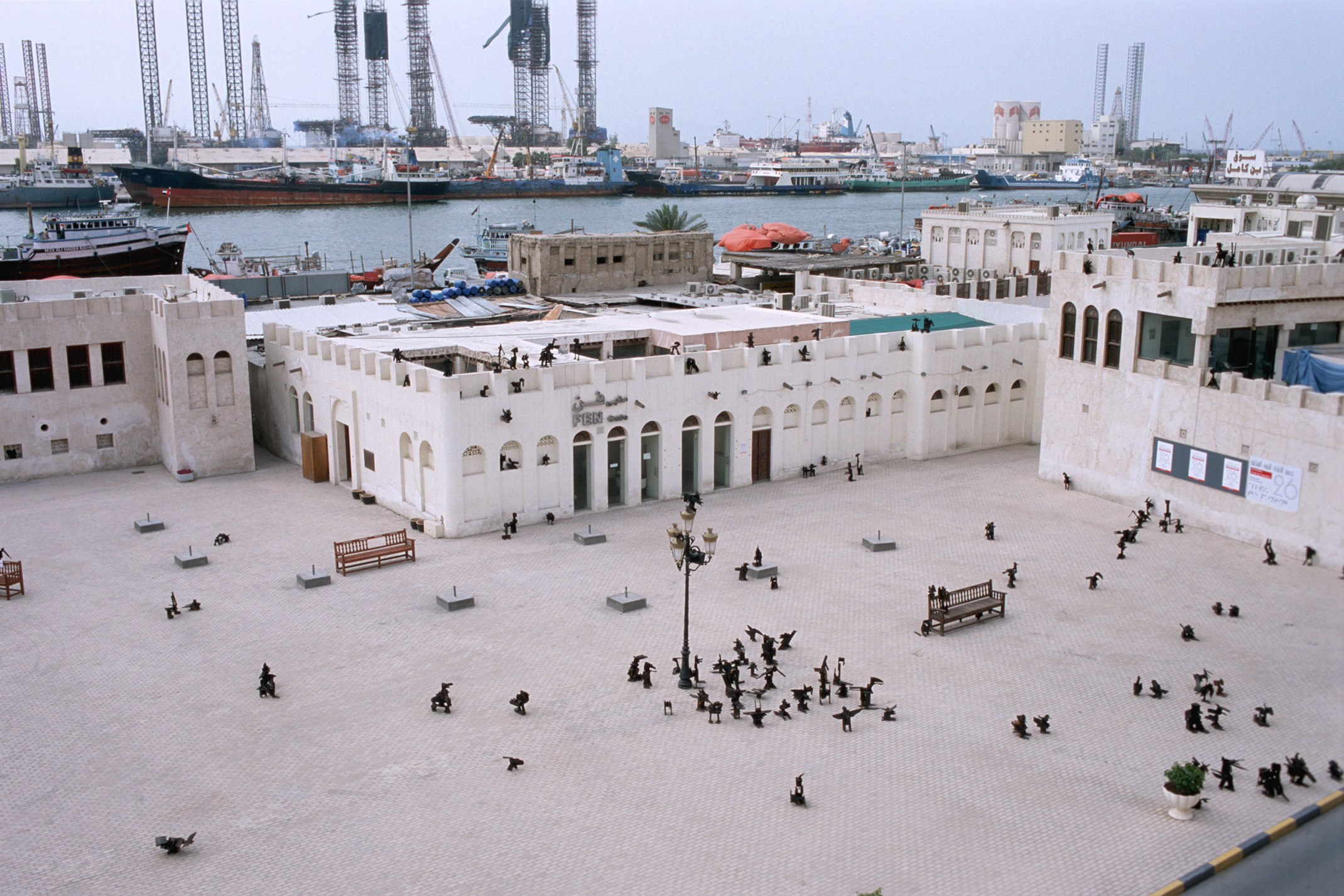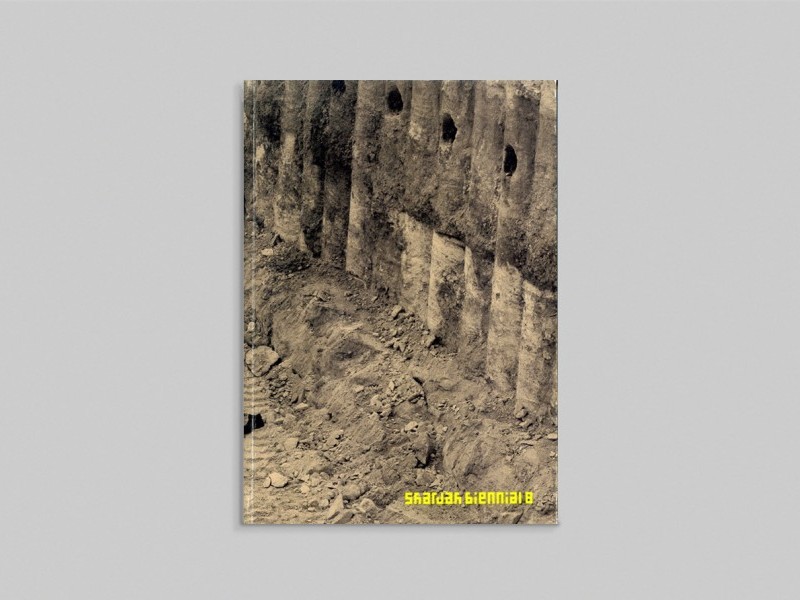
Population, 2007
Lutz & Guggisberg
Population, 2007
Burnt wood
Installation view
search


Lutz & Guggisberg
Population, 2007
Burnt wood
Installation view
Brood
Brood was originally conceived by the artists as an army – ornithological stand-ins for a band of warfaring men. But as soon as they were placed in an orderly line of pairings in the museum it was obvious that the charred, wooden birds were less like soldiers than refugees, the traumatised victims of natural catastrophes or the targets of political purges.
Like every work by Lutz & Guggisberg, the reading of Brood cannot be confined to a single interpretation. Its deliberate openness and ambiguity allows for meanders of the subconscious and the irrational, engendering a deep uncertainty as to whether we should find the installation comically touching or threatening. It is not even clear whether the birds are undergoing a process of construction or deconstruction, for Brood is literally halfway between being completed and destroyed. In depriving the birds of wings, stalling the creative act and setting fire to the entire flock, the artists have played God in deciding when to quell the flames and allow their invention to cling, traumatised, to a purgatorial form of life.
Wood plays a major role in Lutz & Guggisberg’s practice – whether in works composed either from fetish or kitsch objects assembled from flea markets or from gnarled branches and bulbous roots collected directly from the woods. Unlike these, the more mundane packing crates used for Brood are far removed from their original function and appearance in being roughly broken apart and reconstructed into the crude but clearly recognisable shapes of birds. From the horrors of the film The Birds to the humour of Chicken Run, the creatures have long held a fascination for us that is enhanced in Brood by their touchingly human quality. It is not the first time that Lutz & Guggisberg have appropriated and humanised the animal kingdom, but the mannerist bathos of the work renders Brood their densest metaphor yet for the fragility of life.
Felicity Lunn
This project was part of Sharjah Biennial 8.

This catalogue accompanied Sharjah Biennial 8, which attempted to renegotiate the relationship between art and ecology into a system of cohabitation.

The second book in the Still Life: Art, Ecology and the Politics of Change series, documents Sharjah Biennial 8 as it was on view.